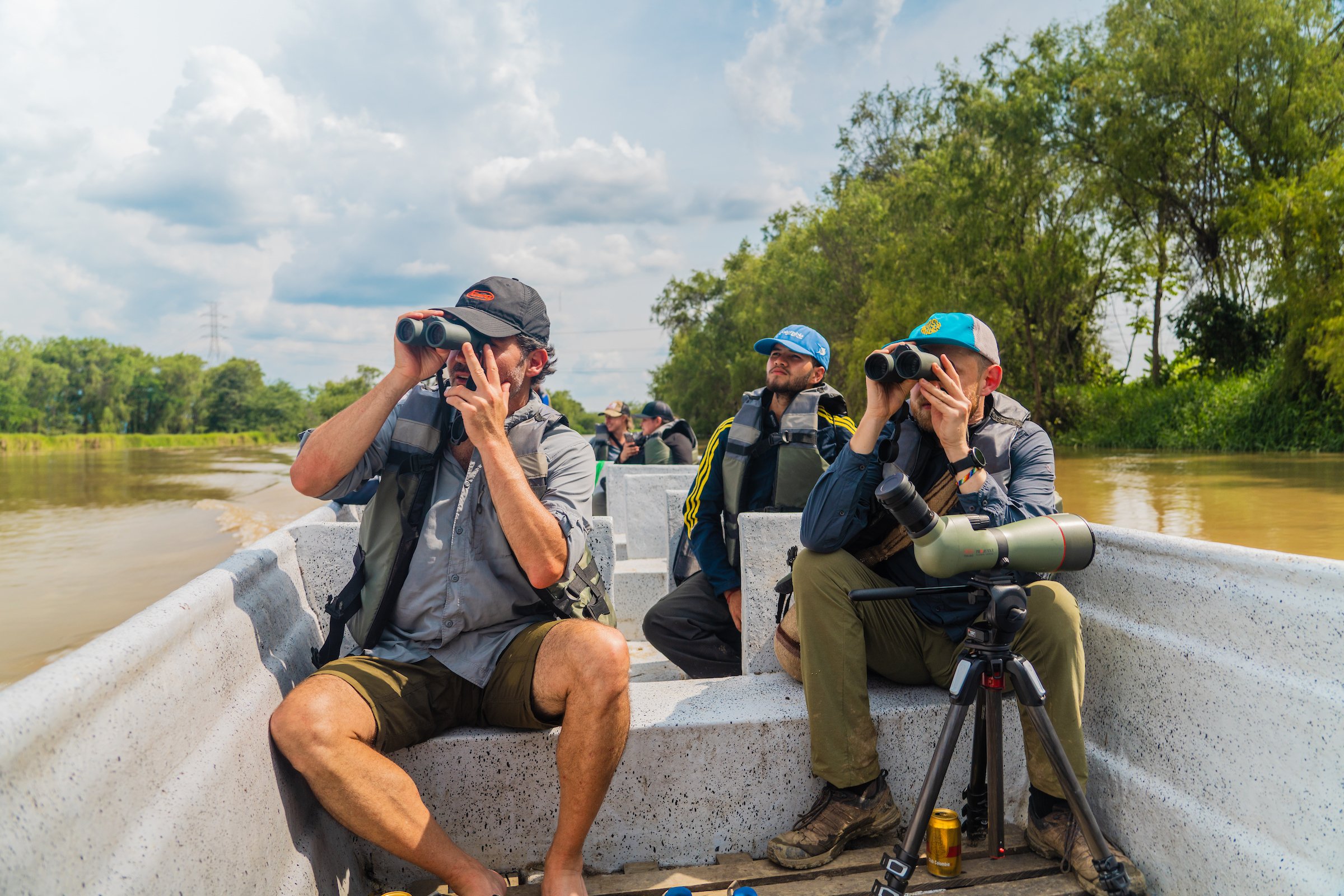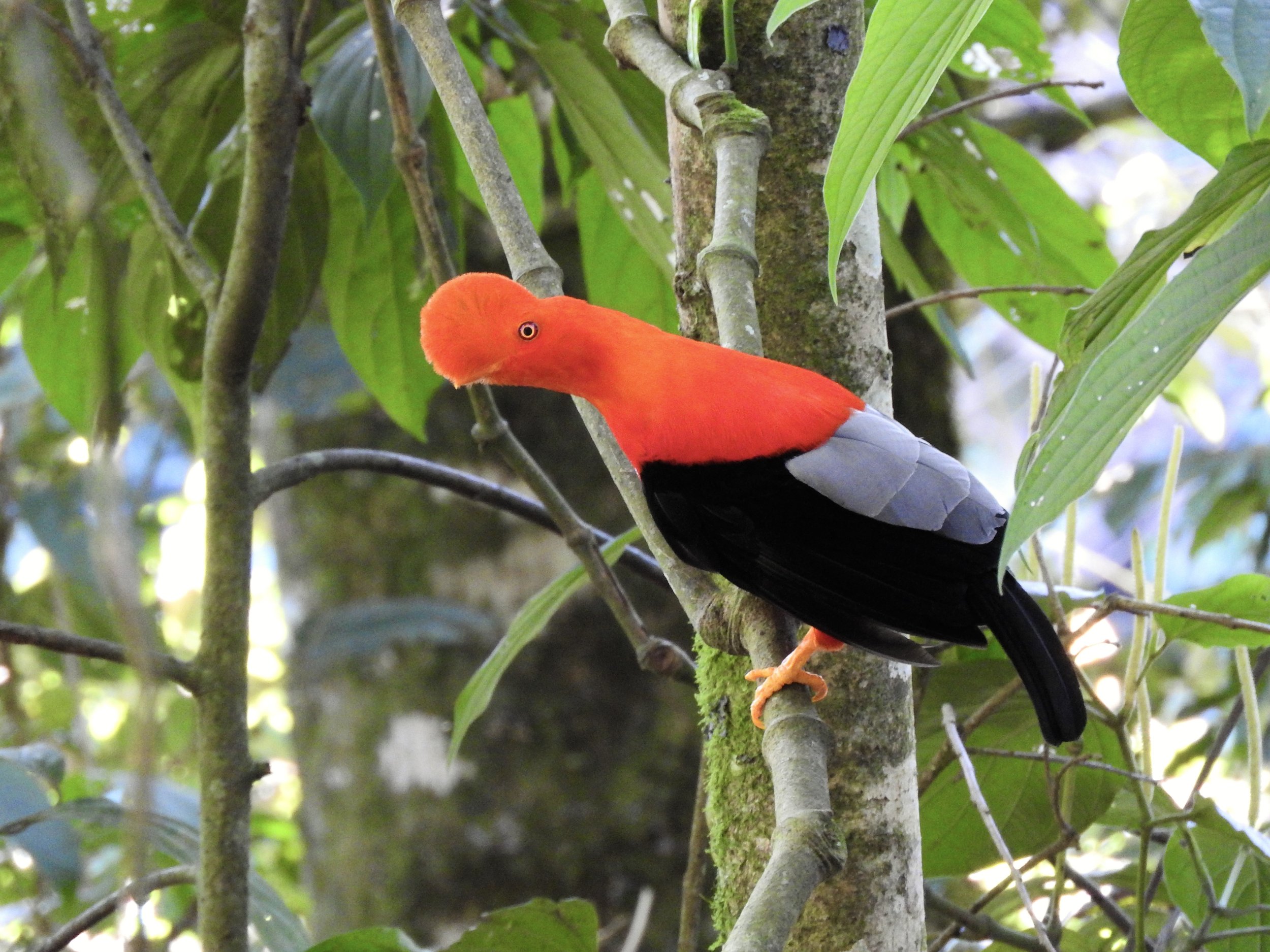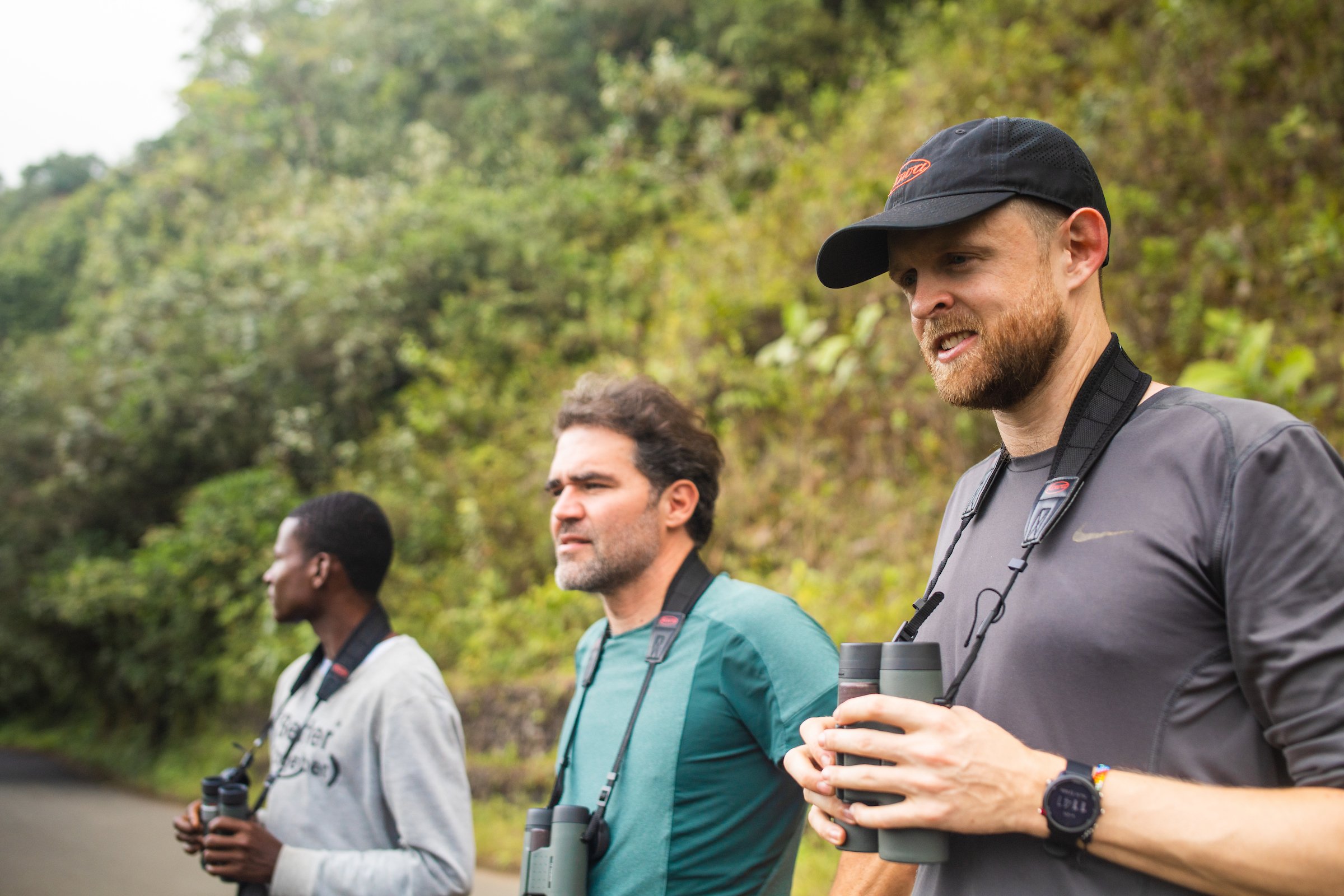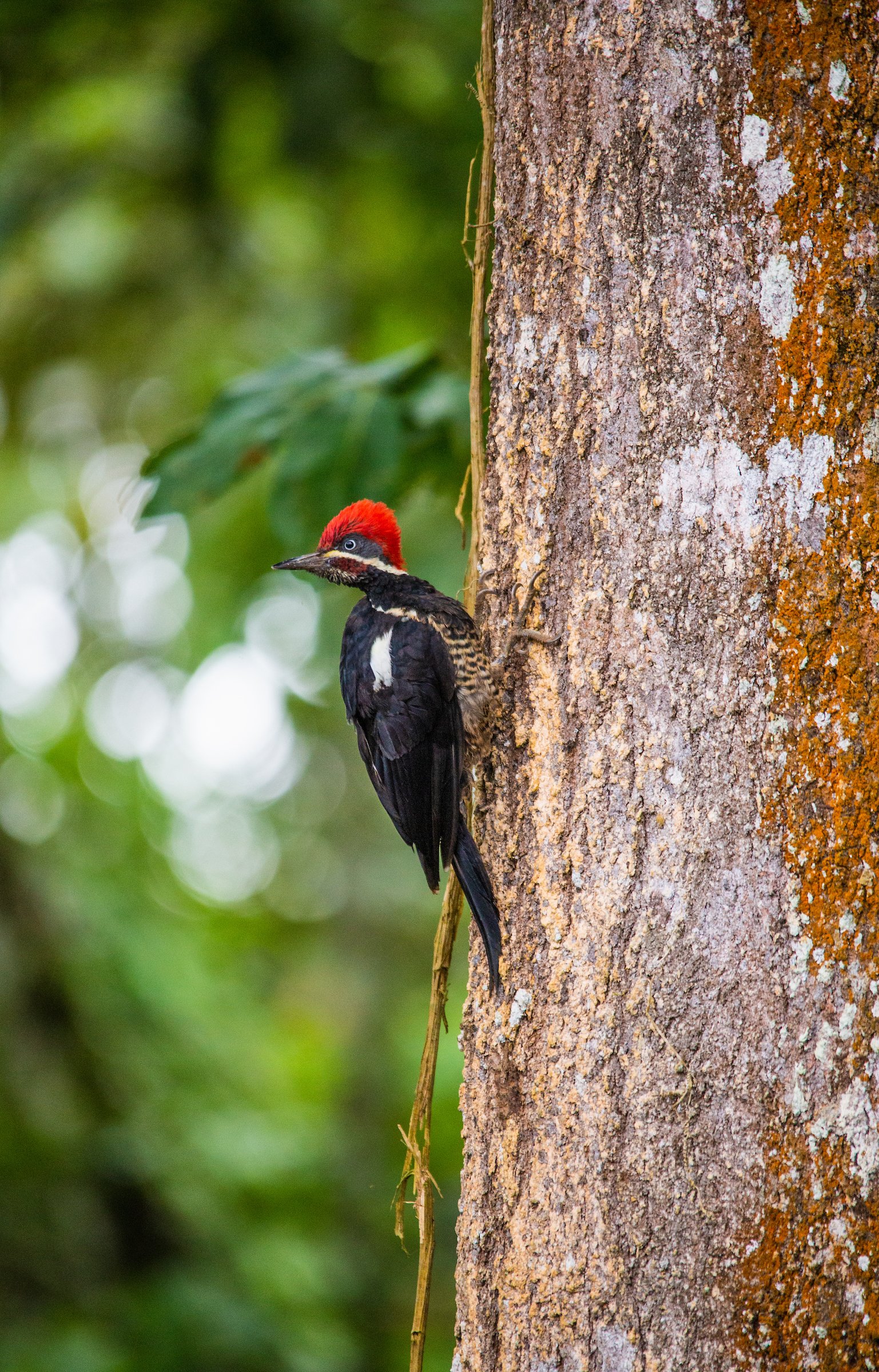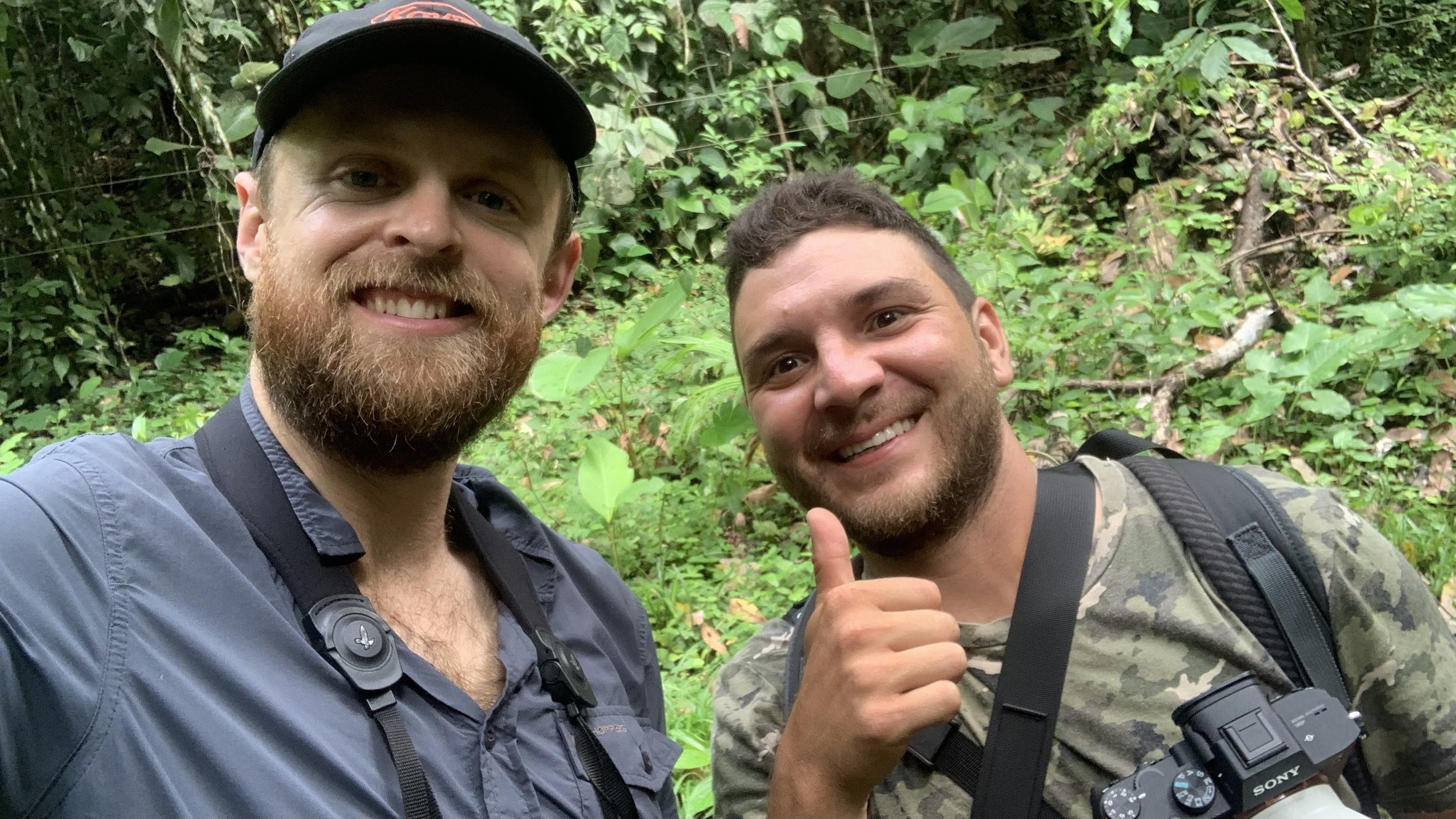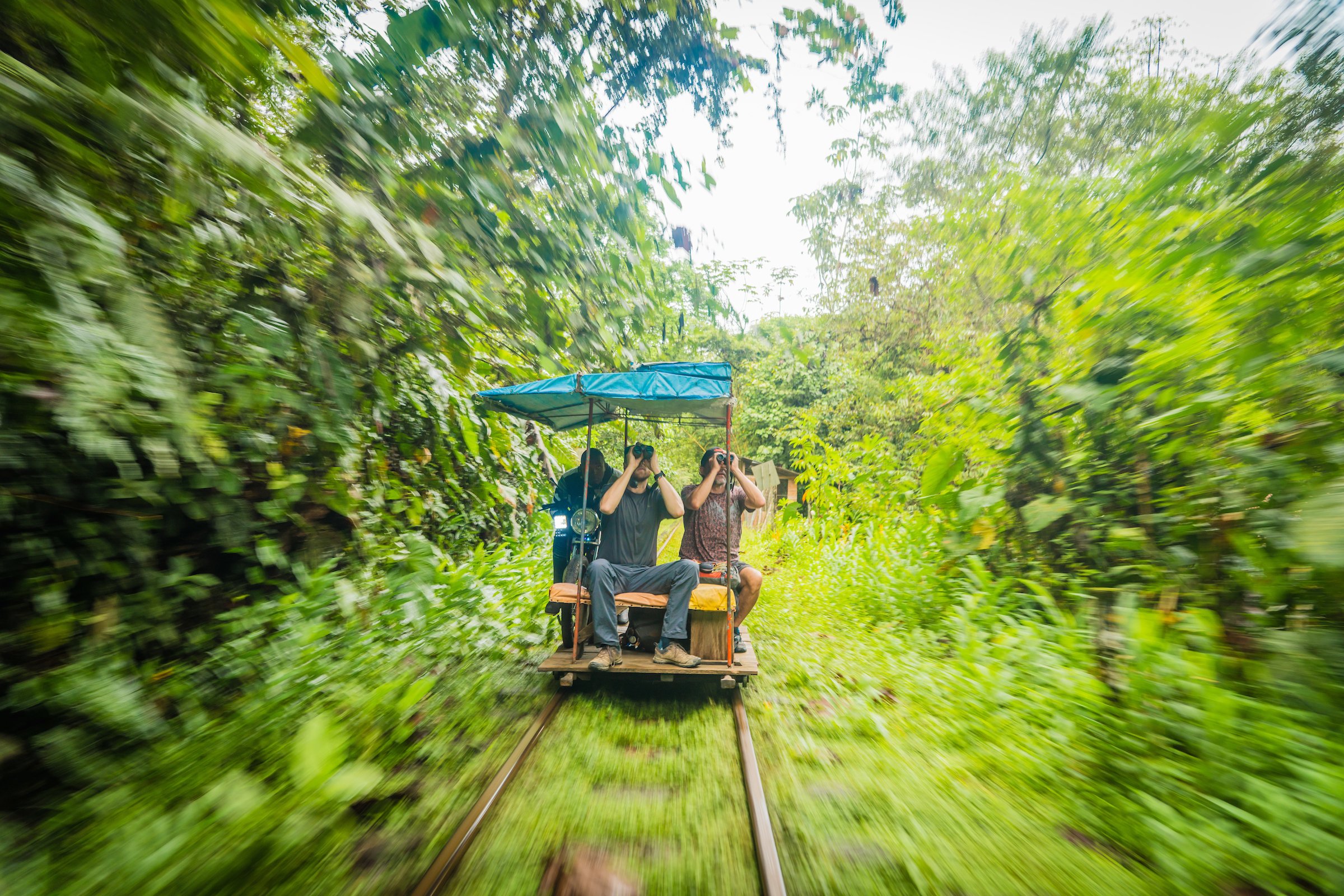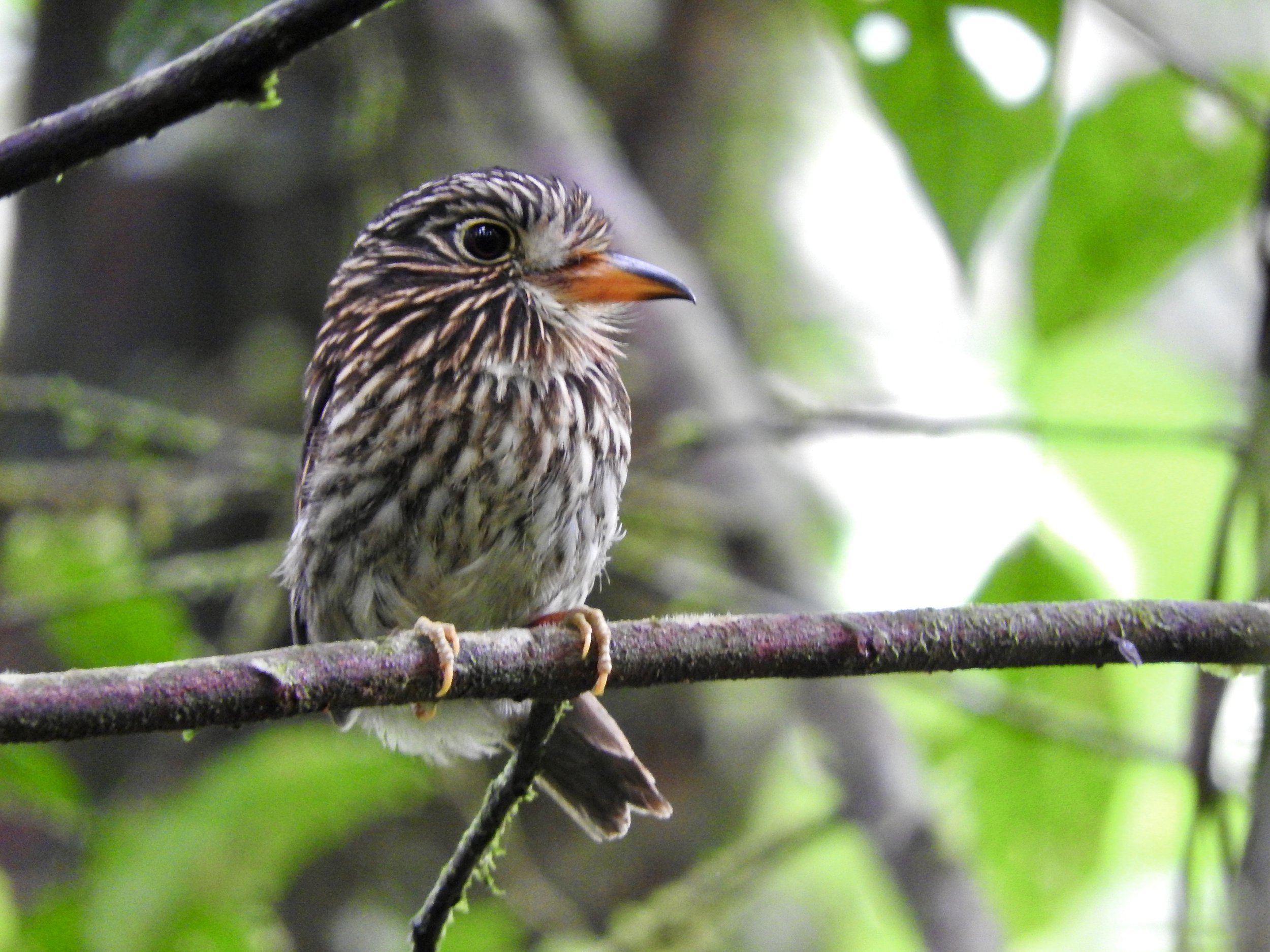Birding Mexico: In Search of the King Vulture
The Birders Show host, Chris, explores the jungles of the southern Yucatan in the Ejido Nuevo Becal in search of King Vultures, antswarms, and a host of rare and endangered birds and mammals.
During a project with WhereNext and the FSC (Forest Stewardship Council), I had the opportunity to explore and discover the biodiversity of the Ejido Nuevo Becal in the southern Mexican state of Campeche. The Ejido covers more than 51,000 hectares in the jungles of the Yucatán. More than 99 percent is classed as ‘voluntarily assigned for conservation,’ the most extensive such protected area in the entire country. The Ejido was granted FSC-certification in 2016 and is a wonderful example of sustainable forestry practices and community-driven conservation.
Upon arriving at the Ejido, the first thing that was clear was how much of the territory was wholly protected and conserved. The actual forestry area covers a minuscule percentage of the vast jungle, and the rest is teeming with life. The importance of human communities is often overlooked when we discuss conservation. For many regions to be adequately protected, their established human communities need to be able to live and survive from the land at the same time in a sustainable fashion without resorting to large-scale deforestation or destructive agricultural practices. At the Ejido Nuevo Becal, I felt like I was in a community that had achieved a desirable balance between sustainability and conservation.
A Ruddy Woodcreeper attending an army ant swam in the forests of the Ejido Nuevo Becal (Photo: © Forest Swewardship Council®)
That balance showed in the biodiversity I encountered as I explored the forests with the ejidatarios (members of an Ejido). Over just a couple of days, I spotted rare and elusive bird species, including Bicolored Hawk, Collared and Barred Forest-Falcons, Great Curassow, and a host of woodcreeper species attending a huge antswarm. This swarm was especially interesting to observe in a region without many antbird species - the fascinating mixture of attendant birds included Ruddy, Ivory-billed, Northern Barred, Tawny-winged, and Olivaceous Woodcreepers, Red-throated Ant-Tanagers, Gray-headed Tanagers, a single Blue-black Grosbeak, and a Roadside Hawk. You can see those species and the antswarm at 1:18 in the video above.
The density of elusive raptors like the aforementioned Bicolored Hawk and the two forest-falcon species was equally uplifting. Since these species require dense forest cover to hunt and reproduce, they were also good indicators of the health of the ecosystem. The two forest-falcons called regularly in many different locations, and both species afforded us excellent sightings along the same trail at dusk. And our lingering views of a perched Bicolored Hawk on a tree branch across the road was a delightful moment. It’s a tricky species to see well, and boy, did we see it well (check out 5:04 in the video for that view)!
Our group also regularly encountered the endangered Yucatan Spider Monkey and Yucatan Black Howler and even came across fresh claw marks and scat from a jaguar or puma.
The fundamental aim of the trip was to document the growing population of the King Vulture, the largest New World vulture apart from the condors, and sadly on the decline in the Yucatan. Since these vultures are a keystone species and an important indicator of the health of an ecosystem, their healthy population in the Ejido is an excellent sign.
We enjoyed close-up views of at least a dozen King Vultures, including adults, young adults, and juveniles. I sat under camouflage with The Birders Show videographer Julian and endured a couple of hours of bug bites and a dead leg, but we got wonderful footage of the vultures at close range in return.
A majestic adult King Vulture (Photo: © Forest Swewardship Council®)



